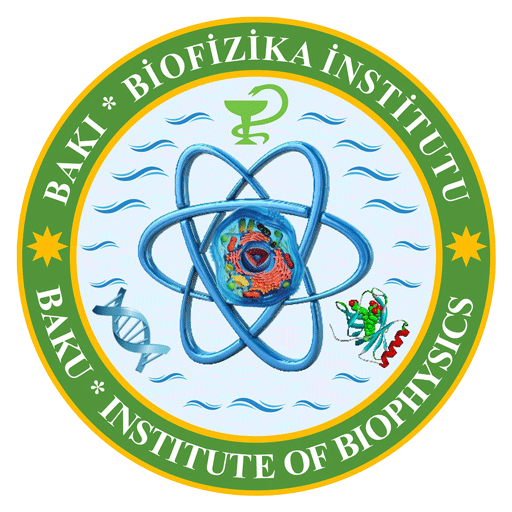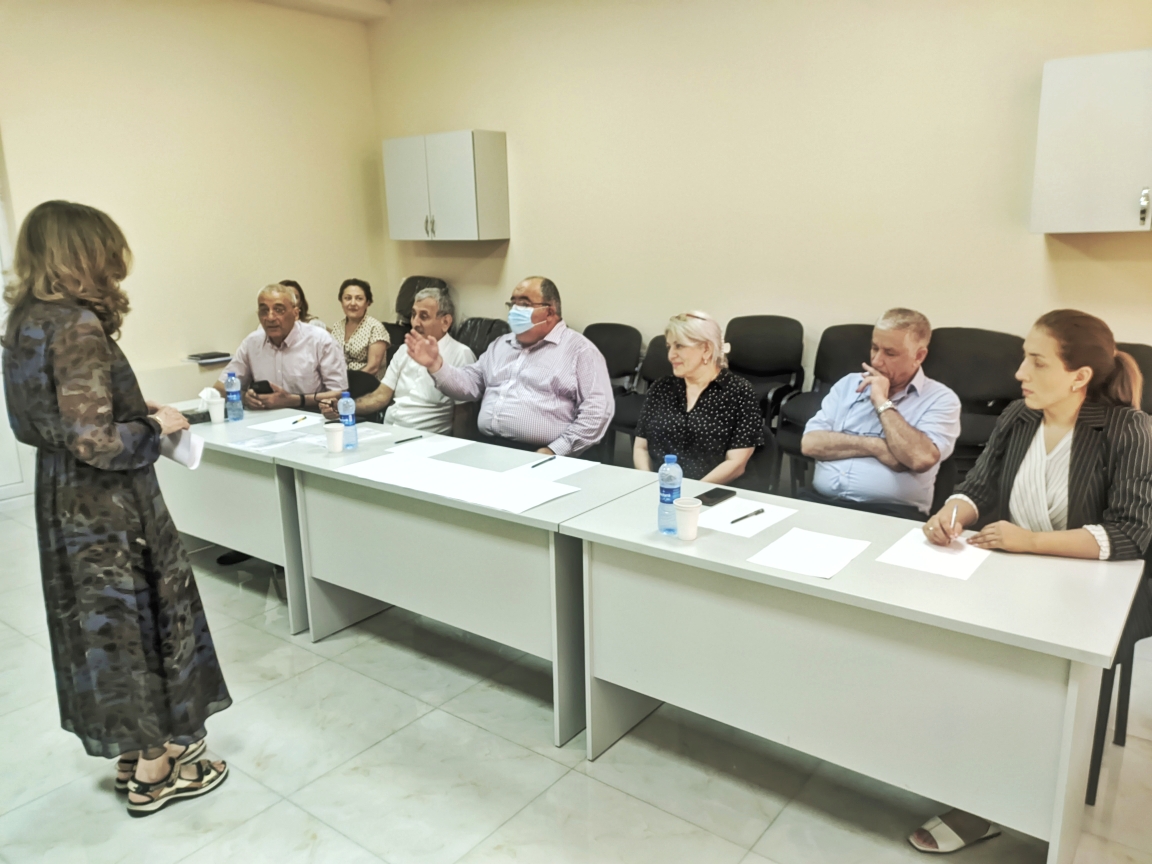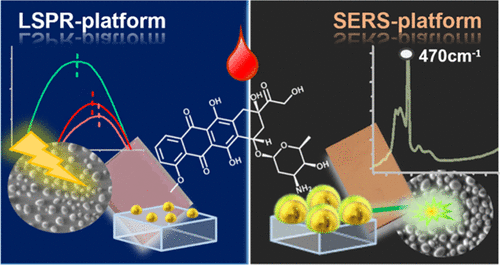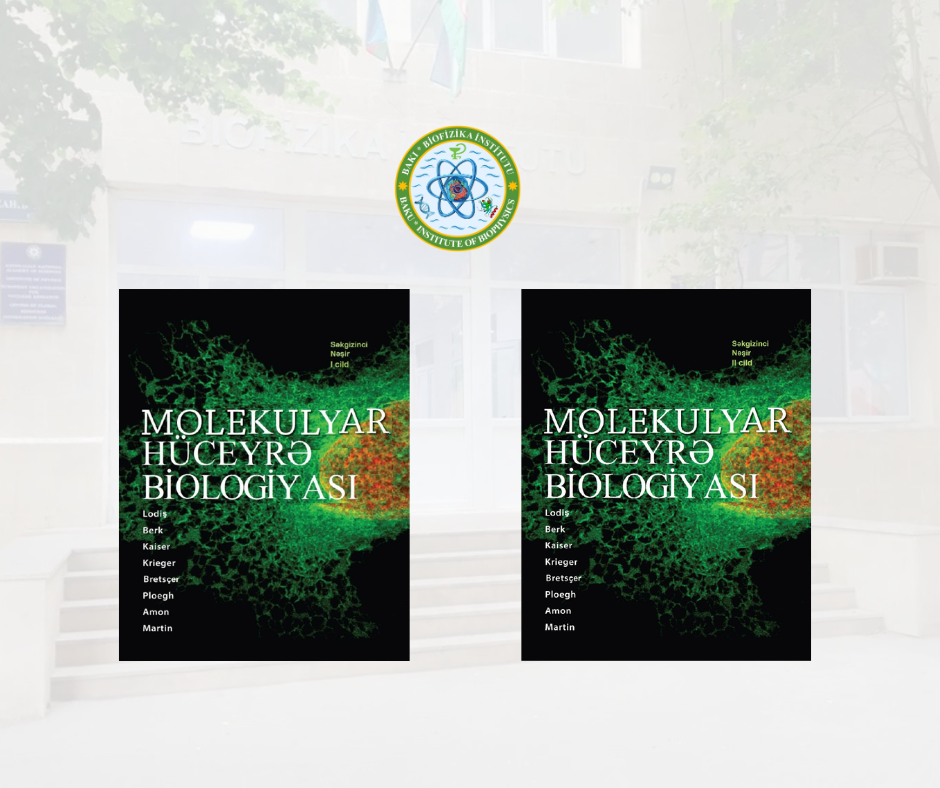A scientific seminar will be held at the Institute of Biophysics
On February 28, 2025, at 15:00, a scientific seminar will be held at the Institute of Biophysics of the Ministry of Science and Education of the Republic of Azerbaijan on the topic "The Use of Fibroin Protein as a Model in Neurodegenerative Diseases and Its Interaction with Rhodamine 6G."
The seminar will feature a presentation by Aytaj Mammadova, who works as an engineer in the "Structure, Dynamics, and Function of Biomolecules" laboratory.
We kindly request your participation in the seminar.
Brief Information:
One of the most widespread diseases in the world is neurodegenerative diseases—a group of disorders characterized by the gradual damage and destruction of neurons (nerve cells) in the nervous system. In these diseases, neurons lose their function, leading to cognitive (intellectual), motor, or sensory impairments.
The most common neurodegenerative diseases include Alzheimer's disease, Parkinson's disease, prion diseases, and others. Scientific research on Alzheimer's disease is crucial, as this condition significantly impacts not only individuals but also society and global healthcare systems.
According to the World Health Organization (WHO), approximately 50 million people worldwide currently suffer from dementia, with 10 million new cases recorded each year. The majority of these cases are related to Alzheimer's disease. Aging is one of the primary risk factors, with the prevalence of Alzheimer's increasing with age.
Considering these factors, laboratory research has been conducted using fibroin protein as a model. Fibroin protein serves as an excellent and cost-effective model for studying protein aggregation and amyloid formation.
Rhodamine 6G specifically associates with fibroin molecules, preventing the formation of amyloid structures. To study this interaction, fibroin protein and Rhodamine 6G layers were prepared. The structural properties and interaction mechanisms of these layers were further examined using FTIR and fluorescence spectroscopy.




